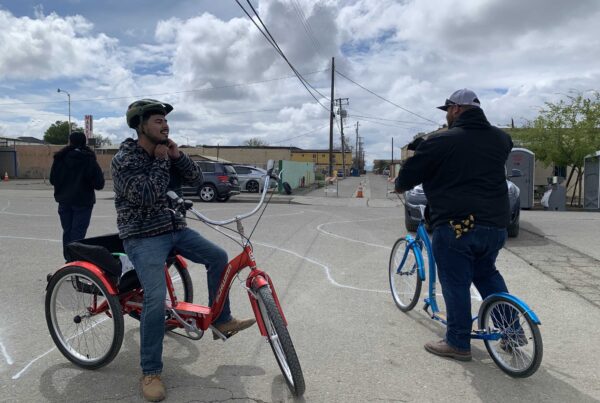This SUMC-led report and toolkit seeks to answer this question by showing how shared bikes and scooters interact with public transportation in a variety of environments, and how agencies can most effectively partner with or regulate micromobility to equitably benefit local communities while minimizing negative impacts. Published last week by the Transportation Research Board’s Transit Cooperative Research Program (TCRP), Transit and Micromobility is one of the first extended explorations of what transit agencies in particular need to know about the micromobility explosion.
While much of the guidance to date around micromobility has focused on what city governments can do, this report focuses on the transit agency role in managing shared bikes and scooters, given the different tools and policy levers at their disposal. It includes fresh case studies and best practices for transit agencies working on micromobility, new survey data on who is using it and how, information on transit-connected ridership in a variety of environments, and a practitioner-focused toolkit for agencies considering micromobility projects or collaborations.
Sign up for our Mobility Hub newsletter for more highlights from the report and future SUMC research.




